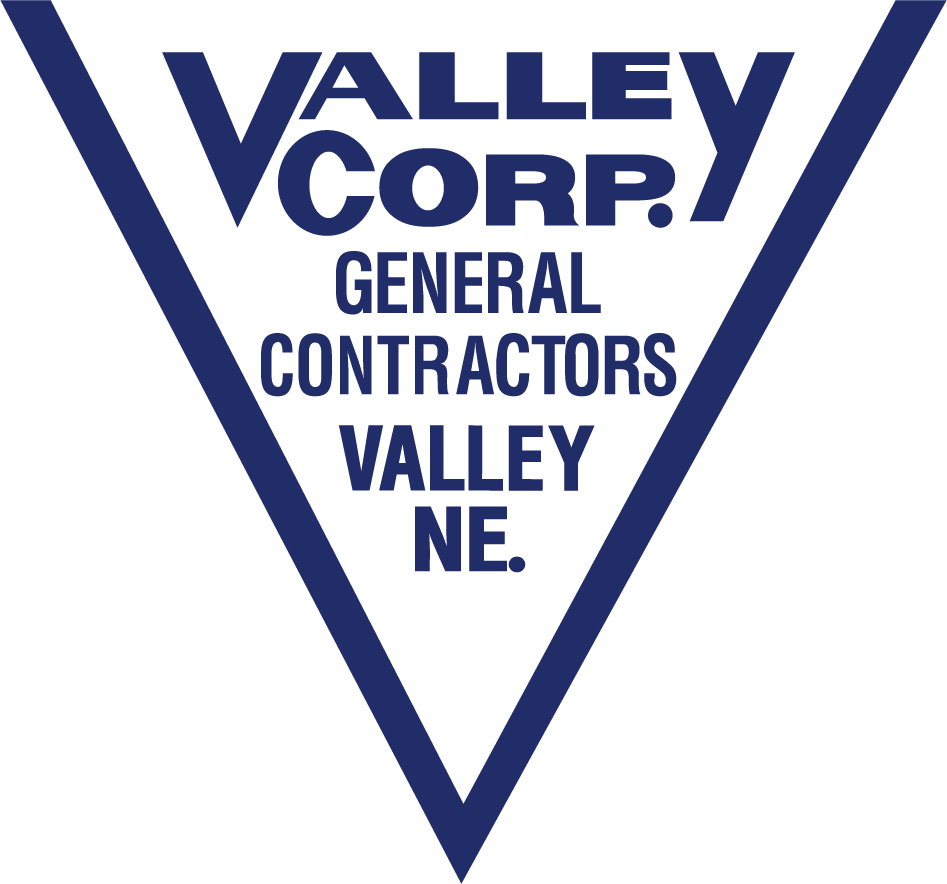When you’re building on a new property or renovating, you can’t simply jump into things and start digging, knocking things down, or building things up. At Valley Corporation we understand that these preparations, including a grading plan, are necessities for anyone who wants to complete a project safely. If you’re a contractor in Omaha, NE, these are the things that need to be considered when you’re developing a grading plan for your next endeavor.
The Goal of a Grading Plan
When you create a grading plan you’re doing something extremely important. You are showing how the elevation of soil around the home will be affected by your building plan. The elevation of this soil can completely change how drainage works around any structure.
You don’t want to build something that’s going to flood during the season’s first big storm. A grading plan helps a construction contractor carefully consider stormwater runoff and how best to protect a structure from excess flooding. Without a good grading plan, you’re potentially causing whoever ends up occupying the business or residence a massive future headache. That would not be good for the reputation of any contractor.
Terminology to Know
Contour lines: These lines connect points that are on the same elevation. They’re a necessity if you want to give everyone a better lay of the land and soil structure.
Berms: These are small mounds of soil that can be built in an effort to direct stormwater runoff. As an added bonus, they can also be made to be aesthetic additions to the landscape that have form as well as function.
Swales: These are lower-lying areas that can also help direct the water so that it drains in the desired area.
Spot elevations: These show the exact elevation of a particular point on a property. It’s important to have good elevation data for the entire property, not just exactly where you’re building, and that’s where a solid grading plan comes in.
Ridgelines: These are some of the higher points around the property. This is where stormwater runoff could end up coming from, so it’s wise to know what kind of path it could take and whether or not precautions need to be taken.
What a Grading Plan Needs
A grading plan needs to show a few important things and meet some high standards. Here’s what you should find on a grading plan:
- The exact location of the construction or renovation activity
- The type of building being built
- Location of other nearby elements, like trees or driveways, that could affect water runoff
- Plans for erosion control
- Drainage arrows showing the water runoff route
- Location of retaining structures
- Location of new proposed structures
- Clear property lines
Let Us Help With Your Grading Plan Needs in Omaha
When you want to work with contractors who know how important a good grading plan is to the project as a whole, contact Valley Corporation. We have the skills and experience needed to tackle your next big project, and you can be sure that

